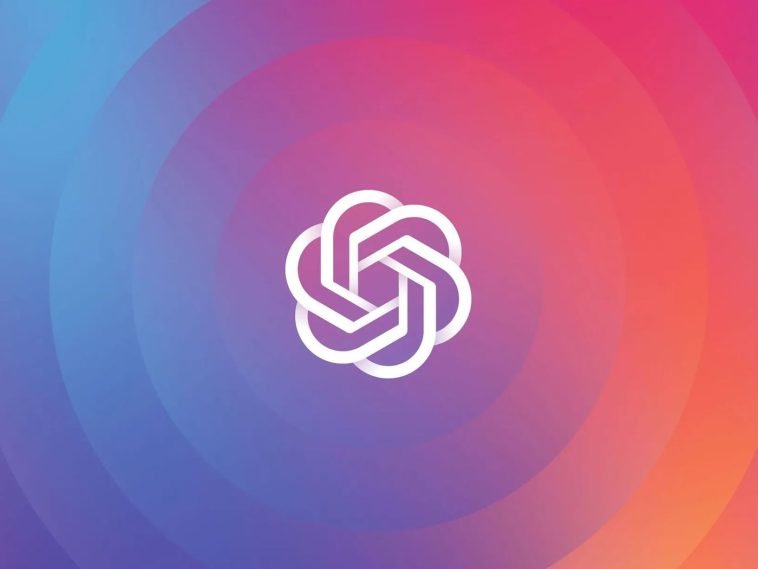Introduction.
ChatGPT, developed by OpenAI, is a powerful language model that can provide human-like responses and insights on a wide range of topics.
Whether you’re a student, a professional, or simply curious about the world, harnessing the capabilities of ChatGPT can greatly enhance your ability to find answers to your questions.
In this guide, we will explore effective strategies and techniques to utilize ChatGPT for answering questions, enabling you to tap into its vast knowledge and engage in meaningful and informative conversations.
Let’s embark on a journey to unlock the potential of ChatGPT and satisfy our thirst for knowledge through intelligent question-answering.
How Do I Use ChatGPT To Answer Questions?
In today’s information-driven world, finding accurate and reliable answers to our questions has become essential.
Fortunately, advancements in artificial intelligence have given rise to powerful tools like ChatGPT, developed by OpenAI.
ChatGPT is a remarkable language model that can generate human-like responses and provide valuable insights on a wide range of topics.
Whether you’re a student seeking clarification, a professional looking for information, or simply curious about the world, harnessing the capabilities of ChatGPT can greatly enhance your ability to find answers to your questions.
In this article, we will explore effective strategies and techniques to utilize ChatGPT for answering questions, enabling you to tap into its vast knowledge and engage in meaningful and informative conversations.
1. Formulate Clear and Specific Questions.
To get the most accurate and relevant answers from ChatGPT, it’s important to ask clear and specific questions. Avoid vague or ambiguous queries that may lead to confusing or unsatisfactory responses.
Instead, break down complex questions into smaller, focused inquiries. By providing ChatGPT with precise context, you increase the likelihood of receiving informative and helpful answers.
2. Provide Sufficient Context.
To help ChatGPT generate more accurate responses, provide sufficient context when asking your questions. Introduce the topic or subject you’re inquiring about and include any relevant background information.
By framing your questions within a context, you guide ChatGPT towards understanding the specific context and provide more tailored and meaningful answers.
3. Engage in a Conversational Approach.
Instead of treating ChatGPT as a simple search engine, approach it as a conversational partner. Engage in a back-and-forth dialogue by asking follow-up questions, seeking clarification, and exploring different aspects of the topic.
This interactive approach not only enhances the quality of the answers but also promotes deeper understanding and critical thinking.
4. Experiment with Different Prompts and Formats.
ChatGPT can respond to various prompts and formats. Experiment with different ways of presenting your questions, such as starting with “What is,” “How does,” or “Why do.” Additionally, you can provide examples or scenarios to further illustrate your query.
This experimentation allows you to explore different avenues and prompt ChatGPT to provide more detailed and comprehensive responses.
5. Evaluate and Verify Information.
While ChatGPT is a powerful tool, it’s important to exercise critical thinking and verify the information it provides.
Cross-reference the answers with reliable sources, consult domain experts, or conduct further research to ensure accuracy and reliability. This critical evaluation ensures that you are obtaining trustworthy and well-supported information.
6. Seek Clarification and Elaboration.
If you receive an answer from ChatGPT that requires further clarification or elaboration, don’t hesitate to ask follow-up questions. ChatGPT can provide additional context or delve deeper into a specific aspect of the topic.
By seeking clarification, you enhance your understanding and ensure that you obtain the most comprehensive information available.
7. Combine ChatGPT with External Resources.
While ChatGPT is an invaluable tool, it’s essential to complement its responses with information from other reliable sources.
Consult textbooks, academic journals, reputable websites, and other reference materials to gain a well-rounded understanding of the topic.
By combining the insights provided by ChatGPT with external resources, you can create a comprehensive knowledge base.
8. Appreciate the Limitations of ChatGPT.
Although ChatGPT is an advanced language model, it’s important to acknowledge its limitations. It may occasionally provide incorrect or incomplete information.
Remember that ChatGPT’s responses are based on patterns and information from its training data, and it may not have access to the latest developments or specialized knowledge.
Exercise discernment and critical thinking to discern any potential biases or limitations in its responses.
9. Provide Feedback to Improve ChatGPT.
As you engage with ChatGPT, take the opportunity to provide feedback on its responses. OpenAI actively encourages users to share their experiences, report problematic outputs, and suggest improvements.
By providing feedback, you contribute to the ongoing development of ChatGPT and help refine its abilities for future users.
Conclusion.
ChatGPT is a powerful tool that can greatly assist in answering questions across a wide range of topics.
By formulating clear and specific questions, providing context, engaging in a conversational approach, experimenting with prompts and formats, evaluating and verifying information, seeking clarification, combining ChatGPT with external resources, appreciating its limitations, and providing feedback, you can harness the full potential of ChatGPT as an invaluable resource for knowledge acquisition.
Embrace the possibilities that ChatGPT offers and embark on a journey of exploration, discovery, and intellectual growth.






GIPHY App Key not set. Please check settings